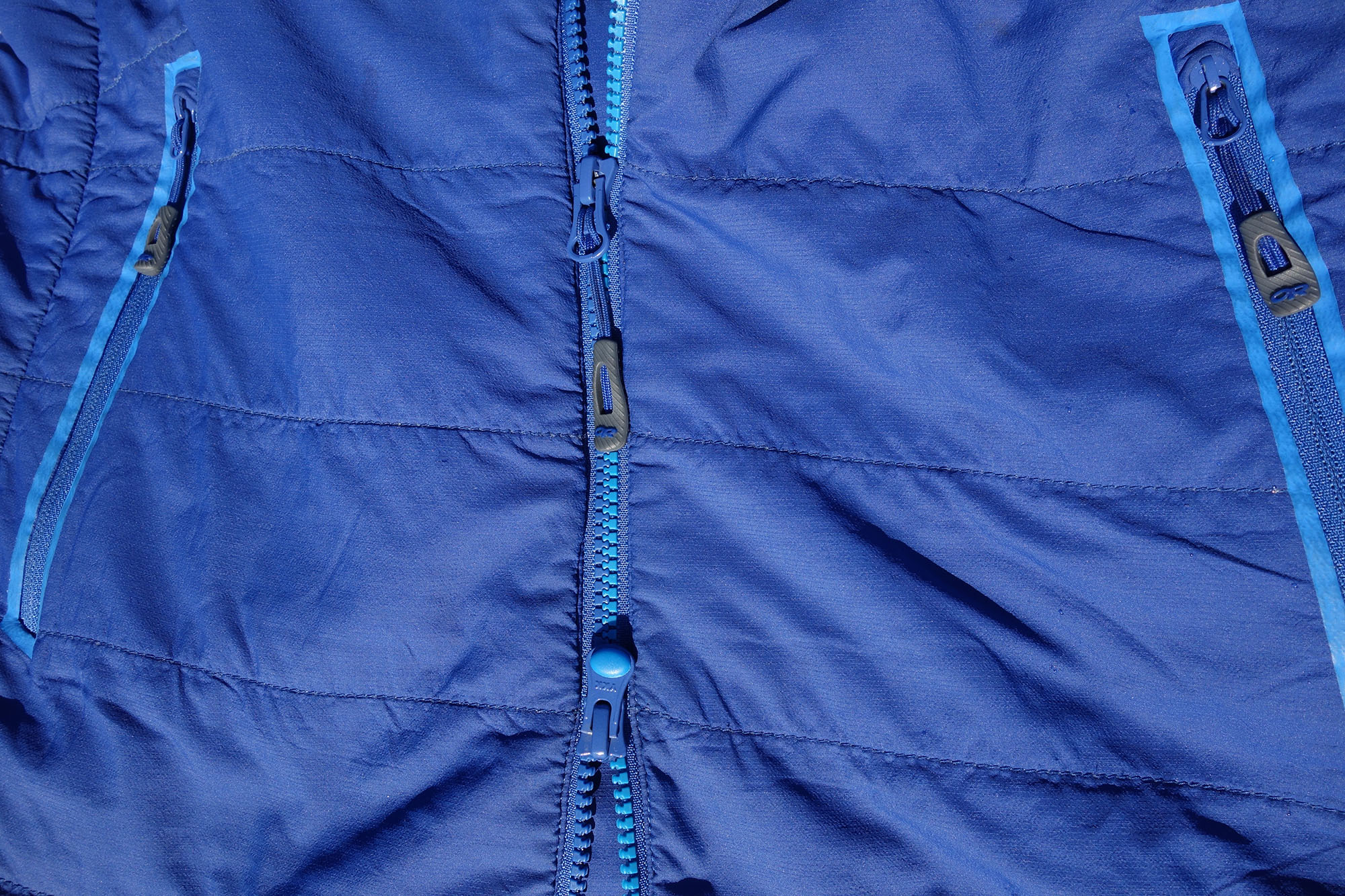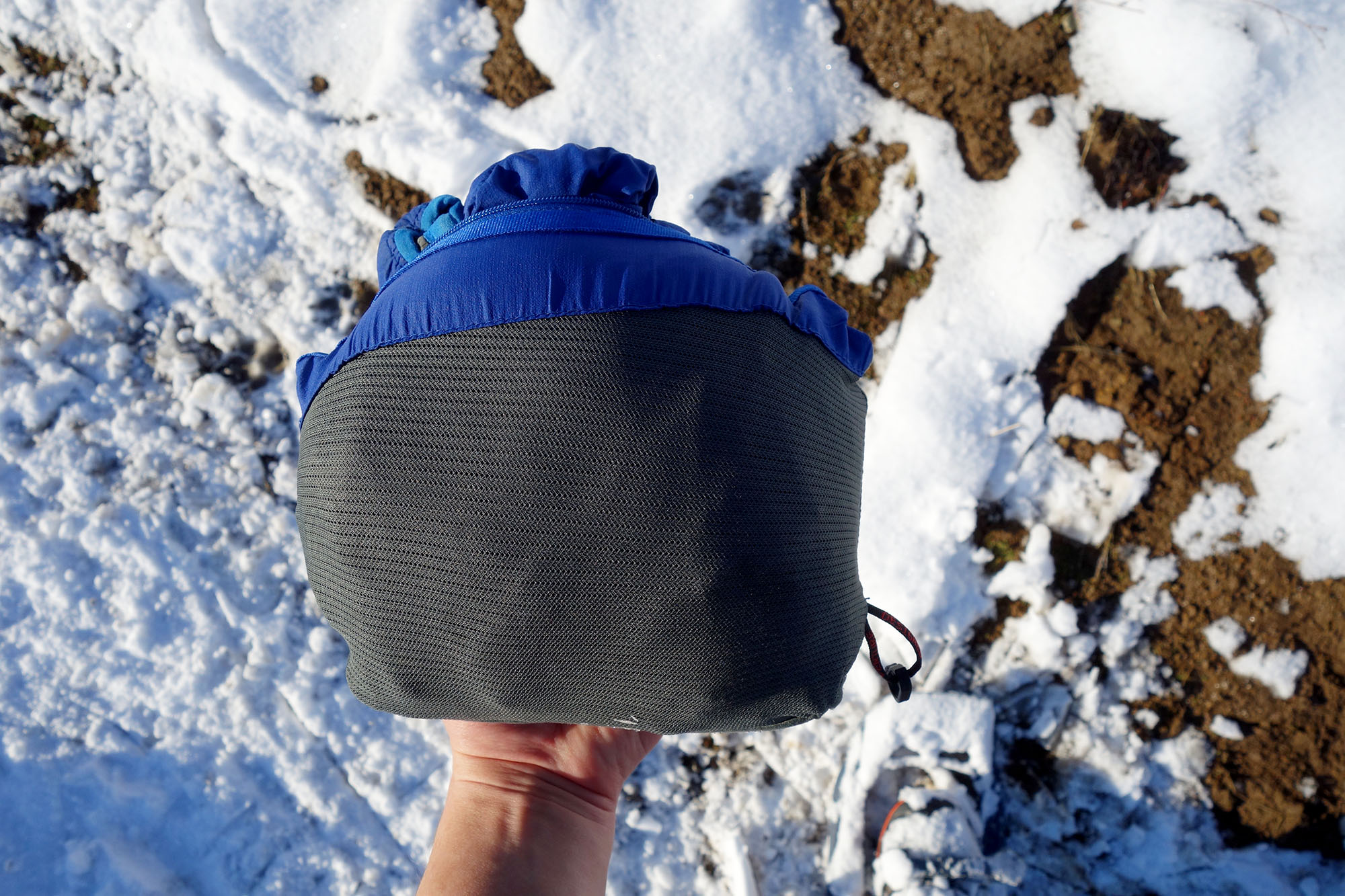
I also found the face fabric less stretchy than that on the Nano-Air or the Arc’teryx Atom LT.
OUTDOOR RESEARCH UBERLAYER REVIEW FULL
Unfortunately, even after a full month of constant use, the face fabric has not broken in or softened at all. I think the stiffness of the face fabric may contribute to the bunching phenomenon I spoke of earlier. I found the face fabric to be relatively stiff, and closer in texture to the Outdoor Research Uberlayer than the Patagonia Nano-Air. The First Light Hoody uses a midweight Schoeller soft shell face fabric to provide weather resistance, breathability, and stretchiness, with a light woven nylon liner for next-to-skin comfort. The First Light Hoody just has more fabric in the midsection and less in the arms than these other alpine-focused mid layers, so if you’ve found other mid layers to be a bit too slim through the torso, or too long in the arms, then the First Light Hoody may work better for you. The Patagonia Nano-Air Hoody and the Arc’teryx Atom LT Hoody (comparable jackets from each respective company) are cut relatively slimmer through the torso with longer arms - a fit that works much better for me. At 5’11”, 165 lbs, I’m hardly built like a linebacker, yet I still feel like I need to wrestle my arms into the sleeves, and I can’t shake the unsettling feeling that I’m going to rip a seam on the shoulders if I move too suddenly. (When I wear the First Light Hoody, the fabric hangs awkwardly around my abdomen and bunches up around my belly when I lean over or sit down.) And then the shoulders and arms feel unnecessarily tight and constricting. While many alpine-styled layers are cut slim to maintain a low profile for mountain pursuits, the First Light Hoody has a very boxy cut through the torso. While most of the Black Diamond apparel I’ve worn has fit me quite well, I found the fit of the First Light Hoody frustratingly inconsistent. Matt Zia in the Black Diamond First Light Hoody on the Scepter (WI4+), Hyalite Canyon, MT.

“Active” insulation is designed to breathe better than a standard puffy so you can put a layer on and wear it all the way up to the summit without overheating.īlack Diamond entered this category with the First Light Hoody, which they say is designed to “handle anything from windblown knife-edged traverses to mellow tours.” So we wanted to see how the First Light Hoody measured up to offerings from Patagonia, Arc’teryx, and Outdoor Research. From the Patagonia Nano-Air, to the Outdoor Research Ascendant and Uberlayer jacket, to The North Face Ventrix Hoodie, almost every outerwear company has some form of a highly-breathable puffy jacket. “Active” insulation is a real big buzzword right now in the outerwear industry. Test Locations: Swan Range, Beartooth Range, & Hyalite Canyon, MT
OUTDOOR RESEARCH UBERLAYER REVIEW ZIP
Because the collar is lined with soft fleece it's super soft and warm around the neck and chin area when you zip it up with & without the hood which is adjustable and will fit over a helmet if needed.

You will definitely need a rain shell when it rains. Kept me warm and protected in chilly temps ( 40s & 50s) and intense winds when I wore it as an outer layer with a light fleece mid layer.
/GettyImages-1159488353-81f1a27792ed48cab90b3a47938f3ada.jpg)

I wore this jacket everyday on a hiking trip to Patagonia ( December '15).


 0 kommentar(er)
0 kommentar(er)
